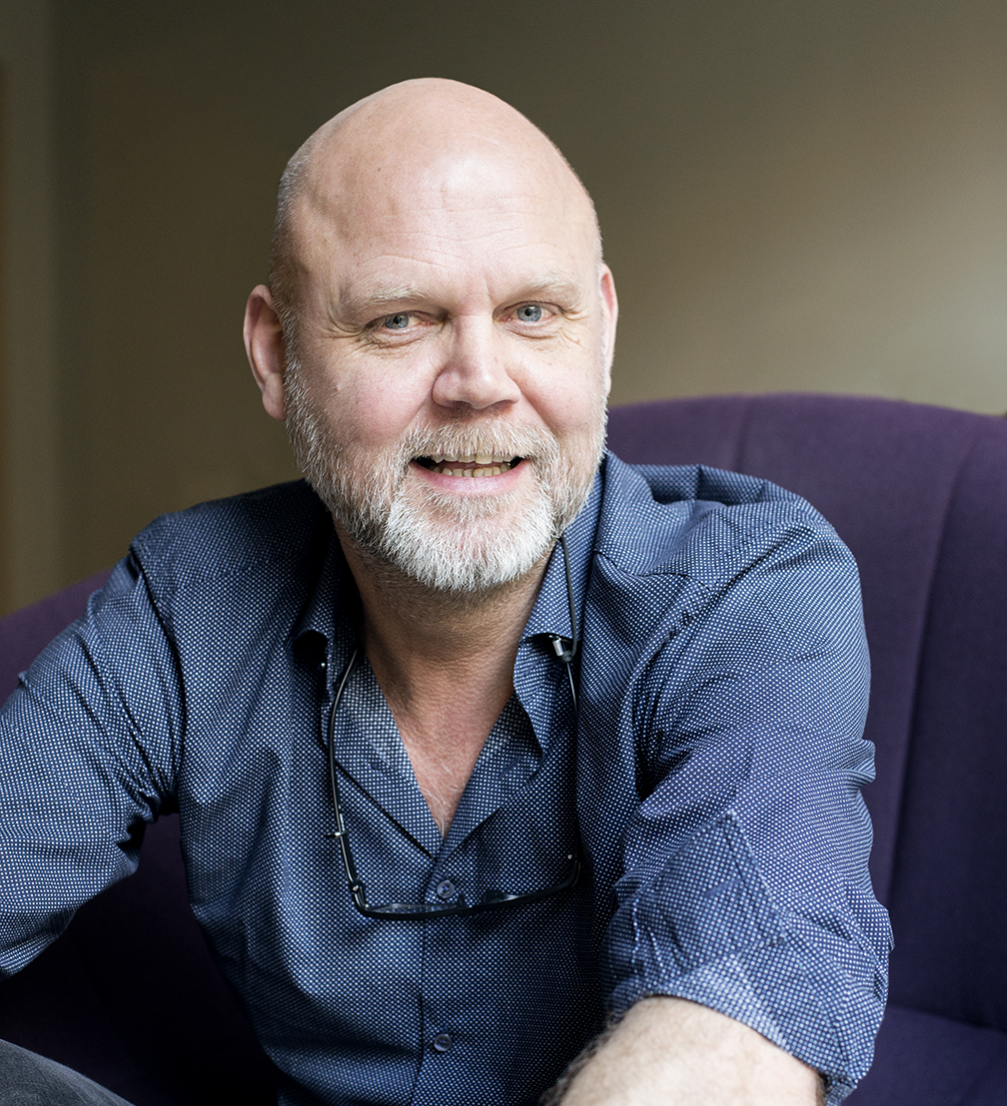
Raised in a family of artists, Icelandic designer Hringur Hafsteinsson has studied film in New York. After trying his hand at film production in Hollywood, he later returned to his «roots in fantastic Iceland». Currently Hringur is creative director at «Gagarin» interactive media solutions company. Together with his team and with help of technologies Hringur creates fascinating experiences, mainly for visitors of exhibitions in Nordic countries and elsewhere. In early March he visited Riga to work in the jury of the National Design Award of Latvia.
How did the judging process go and what are your impressions of Latvian design from what you have seen so far?
I have been working in juries for several competitions in Iceland, but this is my first international experience and it has been a very interesting journey to go through this process. I didn’t know Latvian design before, so the first thing I noticed was the broad spectrum of design you have here. Also, the variety within each field was quite surprising. Naturally, I somehow compared Latvian and Icelandic design and thought that here the industry behind the design is obviously much stronger.
Really? We don’t hear that very often…
Honestly, almost every project I saw in the competition is ready for mass production. Whereas in Iceland it’s not so common, the products are usually collector’s items, the craftsmanship is very strong there. And the quality of works submitted to the Latvian design award was very high, especially in exhibition design, product design and graphic design. I wish I could have seen more of fashion design — I know you have more. It was a challenge to compare these different things, it’s like comparing a toothbrush and an apple. How do you do that?
That was my next question. There were certain criteria for judging the works, but the subjective factor cannot be completely excluded. What kind of works would be important for you to see among the winners?
There were almost 150 projects presented, and at the beginning I had to submit twenty. At around forty I started to struggle. Then I met with the rest of the jury and the same thing happened there. I also noticed that opinions differed between Latvian jury members and those coming from abroad. I think that it has to do with the fact that there are certain designs that carry some sense of history behind them or meaning for the local people, something that we didn’t know about. The judging was anonymous, however, the Latvian jury, of course, knew some authors. It’s hard to ignore that.
The approach I tried to use was that behind every good design there is this essence, the core idea. Sometimes it survives through the process and sometimes it gets lost in the decorations or drowns in some kind of noise. I always looked for that original idea, and from that evaluated the emotional experience the design creates. Good design also has a surprise factor. Sometimes it’s just a need to touch it or somehow react to it.
Design is twisting the material, for example, you have the digital world which is very fixed, but then, if you are a programmer and you give it an organic behaviour, you make the fixed world come alive. One cannot always explain the surprise.
If we consider the original idea as the most important element, followed by execution and aesthetics, then the budget, scale, or category shouldn’t matter.
The works submitted to the National Design Award weren’t divided into individual categories. What are your thoughts on that?
I loved that. It’s the same in Iceland Design Award where we participated, and I feel sorry for the jury there as well, because they also had to compare a big exhibition to jewellery pieces. However, it was a very valuable experience for all of us. All of us who relate to design have our own opinion on it, but we rarely ask ourselves why do we like or don’t like something. Being in a position where you must choose, I had to ask myself all those different questions to learn, what exactly is it that affects me. It would be very healthy for every designer to question himself like that, to learn what makes a good product. If we consider the original idea as the most important element, followed by execution and aesthetics, then the budget, scale, or category shouldn’t matter.
You mentioned that there were good exhibition designs submitted to the competition, and one can read your comments on them in the exhibition. Does «Gagarin» also specialise in exhibition design? How did you come to that?
I co–founded «Gagarin» twenty years ago, but it has changed dramatically since then. We named it after Yuri Gagarin because he was the first one in space, and we wanted to explore cyber space, as it was called back then, the Internet. We did all kinds of things that were digital, and even explored the possibilities of WAP phones when there were no smartphones yet. We kind of struggled, because we had to have many different specialists.
Few years ago, we had a discussion within the company and decided to do only what we really want to do. The decision was to stick only to exhibitions, because we have done the World Expo in Lisbon and in Hannover for Iceland, and that was a really great experience. Currently we specialise in interactive design. By collaborating with designers, we create interactive solutions and installations mainly for exhibitions. My advice is to focus. When we narrowed our focus, the market in Iceland, which is not big, actually opened up for us.
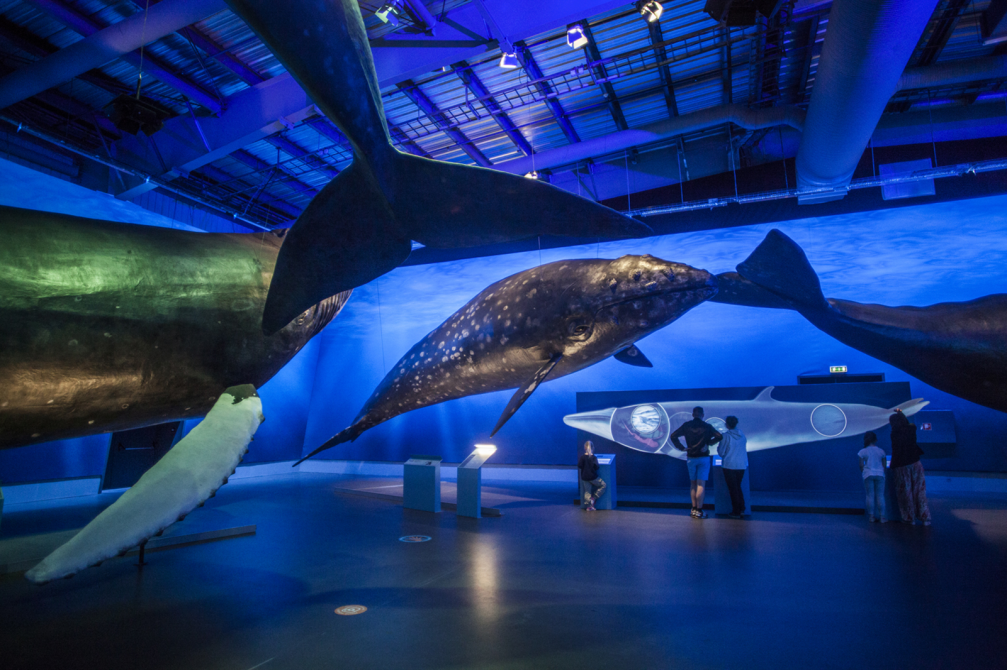
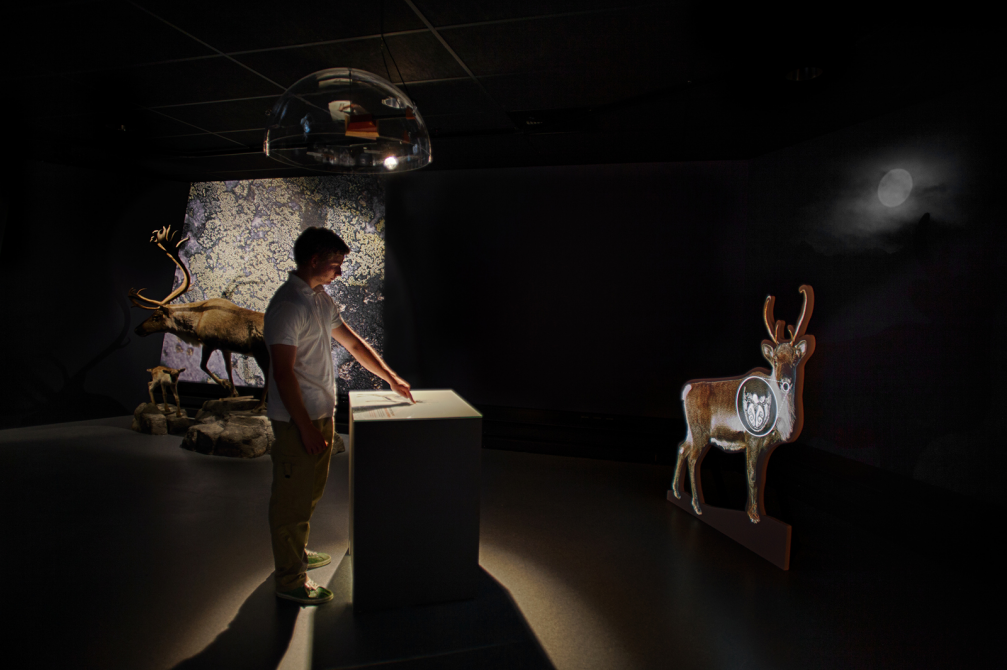
Do you have many competitors in Iceland?
We have our niche, so we don’t have many competitors in Iceland, but of course there are international ones. That is changing as well, there is tourism explosion going on right now, and all of a sudden everyone is thinking of exhibitions, and other companies, that have similar skill sets, are moving into our field. So, the competition is coming.
My advice is to focus. When we narrowed our focus, the market in Iceland, which is not big, actually opened up for us.
How big is the team of «Gagarin» and what is the work process like?
The production of interactive media is very complex, and at one point we had all the specialists in–house. We were a group of fifty people, we had sound masters and animators, film producers etc. It was O.K. when we had a project, but in the meantime, it used up all the funds we had. We scaled down to the core team — concept designer, interaction designer, graphic designer, and programmers. Now we scale up and down depending on the projects and collaborate with both companies and individuals, most of them former employees. My task is to read clients mind and pass on the message to my team.
The whole team participates in the concept stage, we have only one rule — every idea is valid, it is processed, even the stupidest and funniest ideas, they are often very valuable. In this process, we try to find the essence. There must be a core idea that goes through the process and has to survive it. Once we have that, then we just battle it out, and there is a lot of friction in the company when you do this, but it is a very inspiring friction.
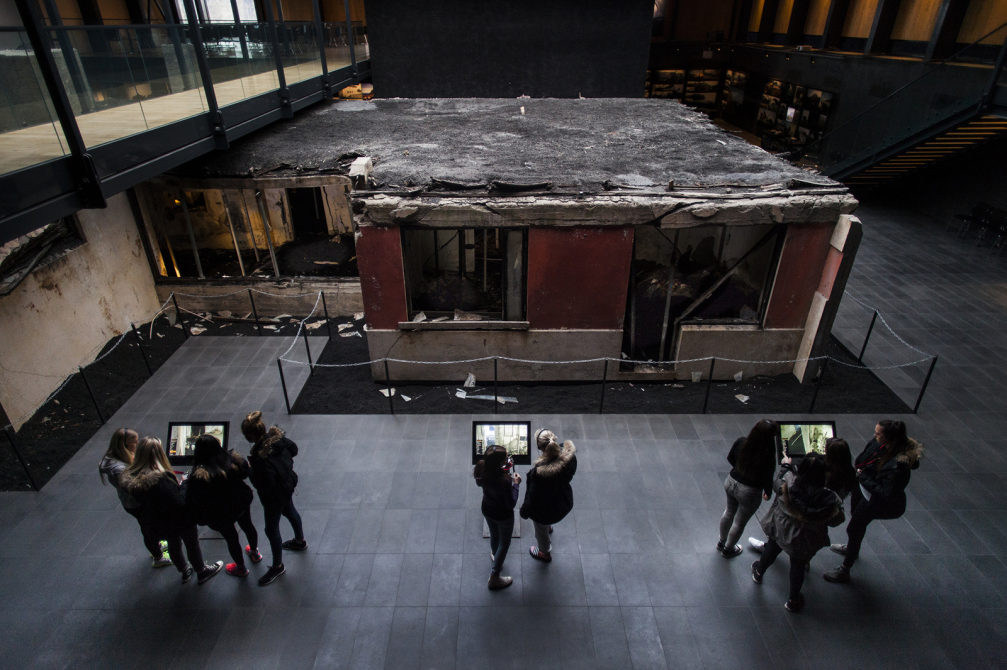
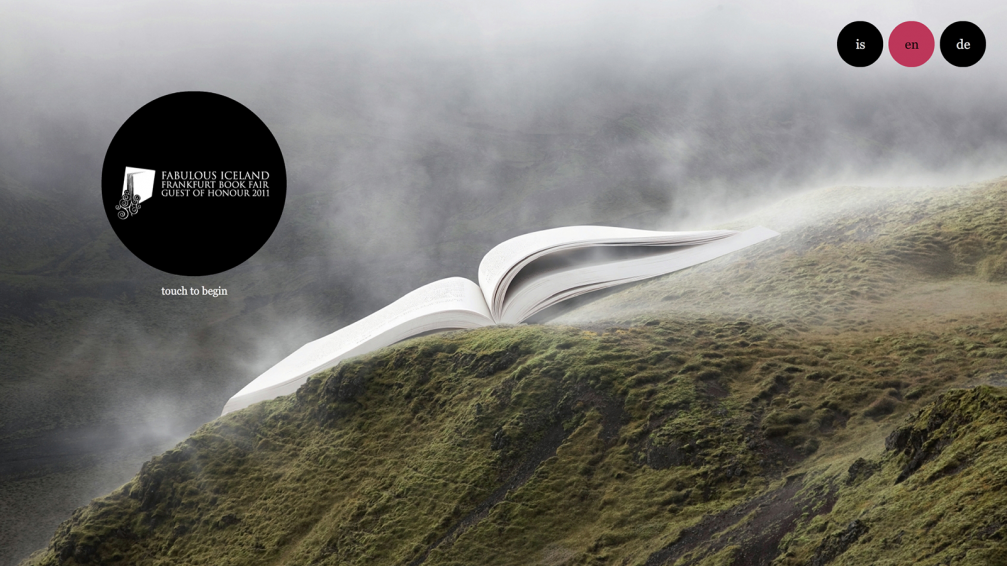
One of the most recent and renowned works of «Gagarin» is «Powering the Future» which won several awards, including the «Red Dot» prize in communication design and European Design Awards prize in digital design. Please, tell us about it.
Yes, we are quite proud of this one. It was created in a small power plant, built in 1930s in collaboration with «Tvíhorf Architects» from Iceland. With this exhibition we tried to teach people the fundamentals of electricity and electrical production. As soon as you enter the hall, there is a concrete wall that illuminates when you apply pressure on it, thus allowing to understand and feel the energy. From there we went through the story of what is energy and how it was made in the 20th century. To explain the wind energy, we created windmills visitors can turn, and compete between themselves who does it faster. To illustrate static electricity, we constructed the lightning. That actually happens in nature, but in the exhibition such installations bring in playfulness.
Power production is a very controversial topic in Iceland because it tames rivers, and nature lovers are sceptical about it. To start a dialogue, we created installations where people are asked questions on controversial things, and instead of telling what’s right or wrong we just say, for example, that 30% agree with you. The data is ever–changing.
What is the most important for exhibition design to be interactive and interesting? I guess, technologies can’t be enough, to use them properly one must understand how the human mind works.
Absolutely. We are storytellers, we have to make sure that the visitor or somebody using the product understands the story. And he should understand what to do. We don’t want him to go through menus because then your brain goes into the menu mode, and when you finally select something, you are still in the menu mode. Then it’s not working. The experience should be intuitive, when it just comes naturally for the user to do something. Then he becomes a part of the story. We also strive to make installations tangible. We have learned through our work that if we can touch something, it becomes very natural to us. It increases the focus of the viewer. If he is participating, he is learning.
Sometimes we even create obstacles. We have had installations where we could have very easily just put the story projected onto the wall and broadcasted to the visitor. But it doesn’t work either. The visitors should first do something, and then they focus and get the story. Obstacles can create very good experience.
If we can touch something, it becomes very natural to us. It increases the focus of the viewer. If he is participating, he is learning.
Judging by many awards «Gagarin» has won, you participate in competitions quite often? What urges you to do so?
We do that quite often, but we also compete for projects. That is probably the most effective way to create new markets. We collaborate with local architects and exhibition designers abroad. One way to meet new partners is to participate in conferences, that’s how I met «H2E» [the organisers of National Design Award of Latvia], and I am waiting for an opportunity to work with them. At the beginning, it was difficult to find projects abroad, but now it’s the other way around — we are getting a lot of requests, which is very rewarding. Once you get one project in a new country, you have sown the seed, and it grows further from there.
Where do you see «Gagarin» in the future, what do you want to achieve?
The reason I like being in this business is that we are constantly inventing the wheel. Even though we are a design firm, and some say, technical firm, we don’t really like technology, we always try to hide it in our work. But then again, we still use it as a tool to create certain magic, and we have to be constantly aware of what is happening in the tech world in order to create something new. I myself don’t know where the future will take us.
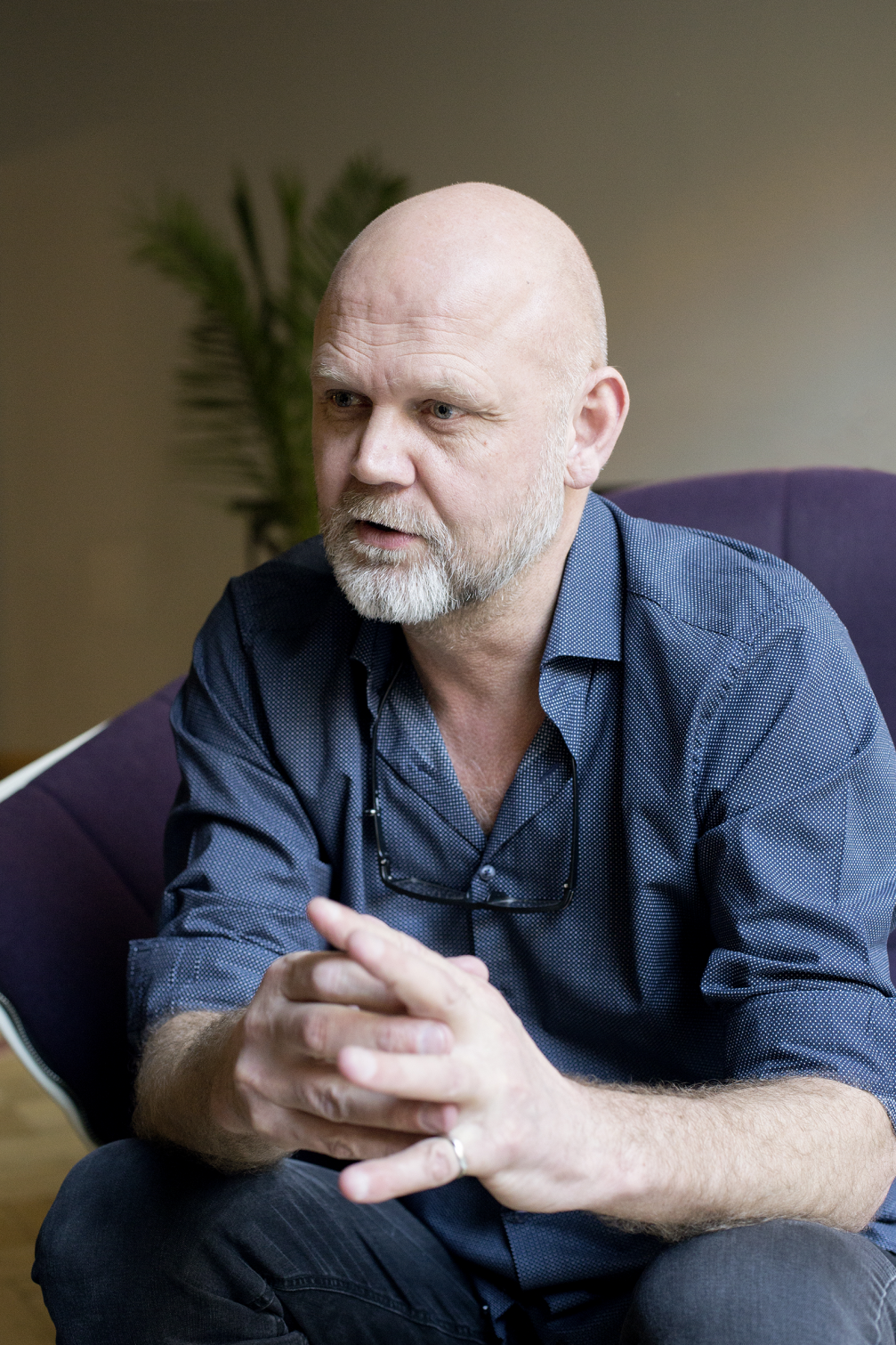
What is the current design scene in Iceland like? You said that the industry is stronger here in Latvia, but at the same time such significant festival as «Design March» takes place in Reykjavik.
Design doesn’t have a long history in Iceland, especially when it comes to fashion, product and digital design that only emerged after 2000. The architecture has very strong tradition, and graphic design also has been around for a longer period of time. The educational system is a bit behind, especially in digital field, because it evolves so fast in real world, and the schools are constantly trying to catch up.
It was probably the Iceland Design Centre that raised the awareness of design, not the education institutions. It was established by designers and architects themselves — they are the visionaries who know what needs to be done. They created this aura of design. They don’t only think about it as a business, but more like a society thing. The Centre is very active, organising lectures, events and, of course, the «Design March». I am sure that everyone in Iceland is now aware of the importance of design, and the field is growing fast. It has also opened doors to other industries, like fishing and aluminium. When companies create new products and innovations, they collaborate with designers. «Össur», the orthopaedics equipment manufacturer, and «Marel», the food processing company, are just some of the good examples.
What could Latvia learn from Iceland?
The advantage of coming from a small community is that things happen very fast. We have to follow every trend, chase everything. Inferiority complex results in a very vibrant and creative community. Everyone is doing something and wants to succeed. What Iceland Design Centre has done is a miracle. Designers and artists are egotistic, it is a part of our nature, but I think they all also know that we are much stronger together. We cooperate a lot. For example, «Gagarin» has different clients, and sometimes I see that my client is looking for something our graphic designers won’t be the right choice for. Then I collaborate with other professionals, because at the end the quality is everything. We are not only competing, we are also supporting each other. We have to. It is too difficult to conquer the world alone.
Inferiority complex results in a very vibrant and creative community. Everyone is doing something and wants to succeed.
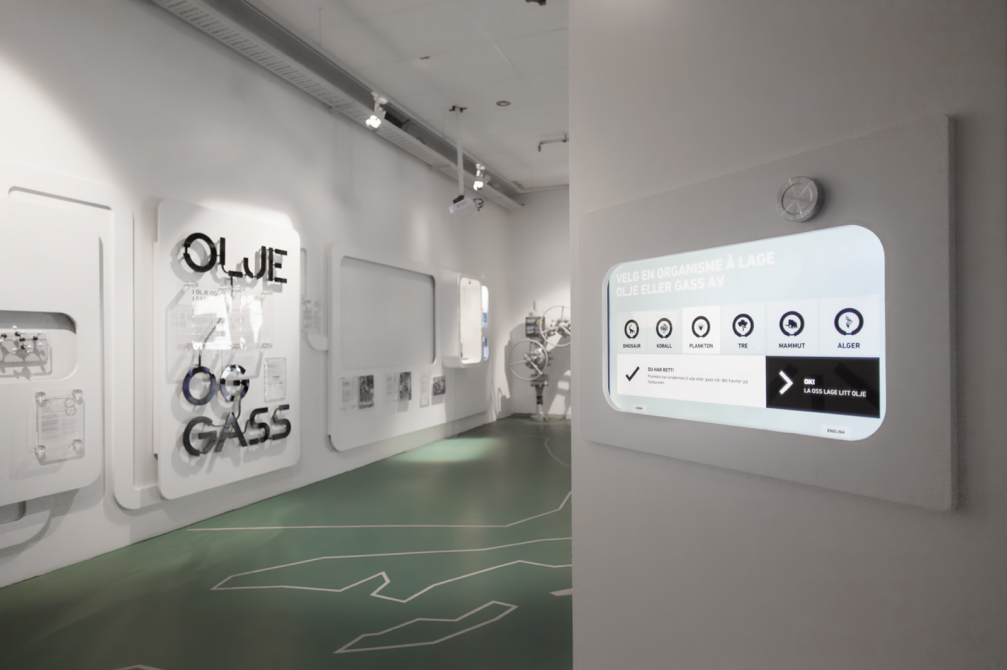
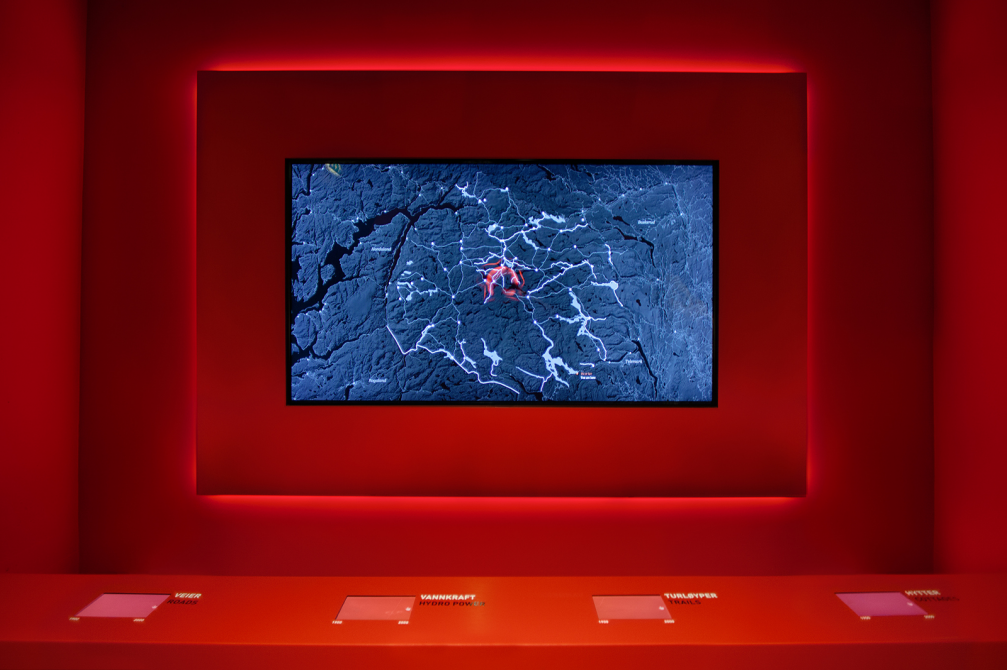

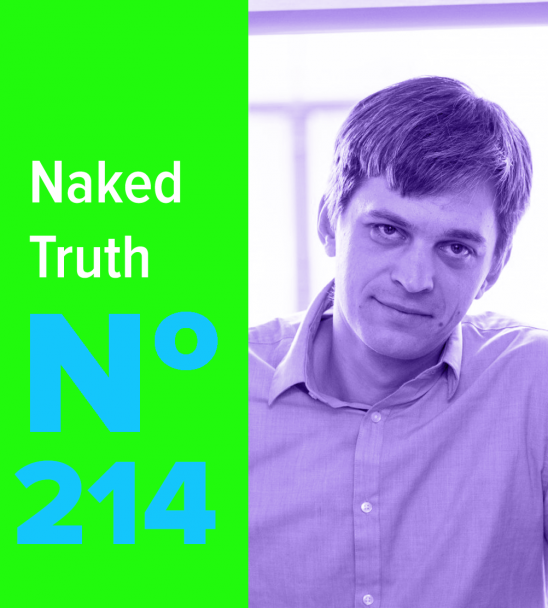
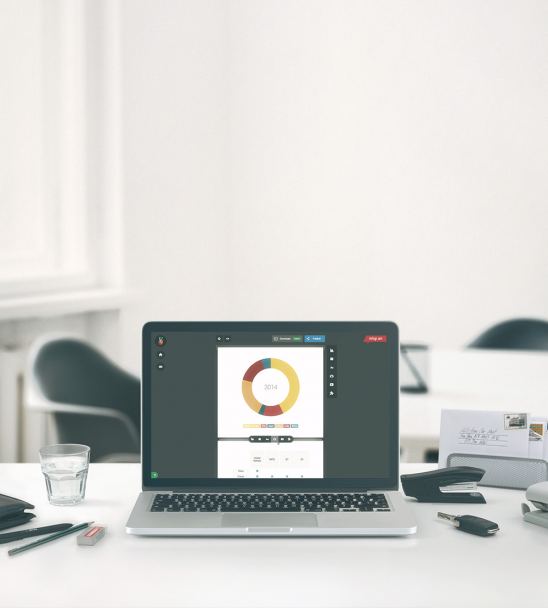
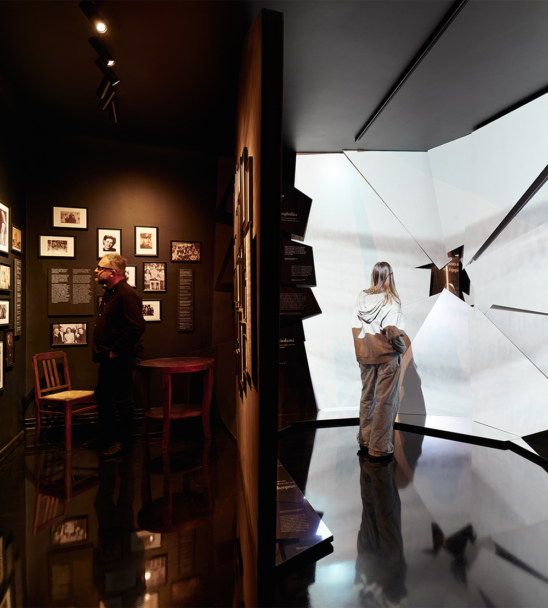
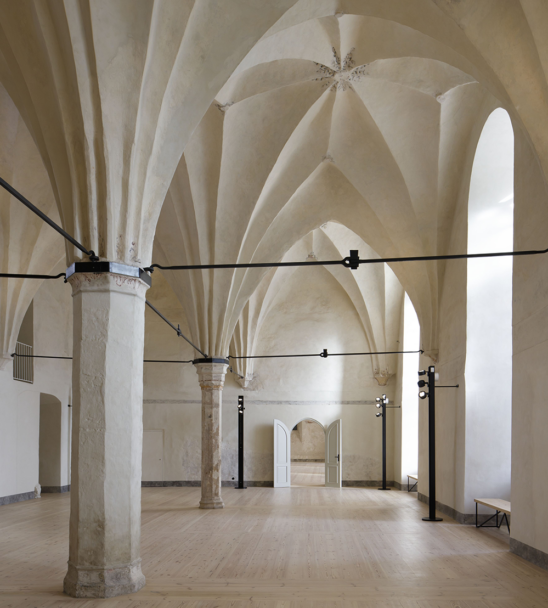
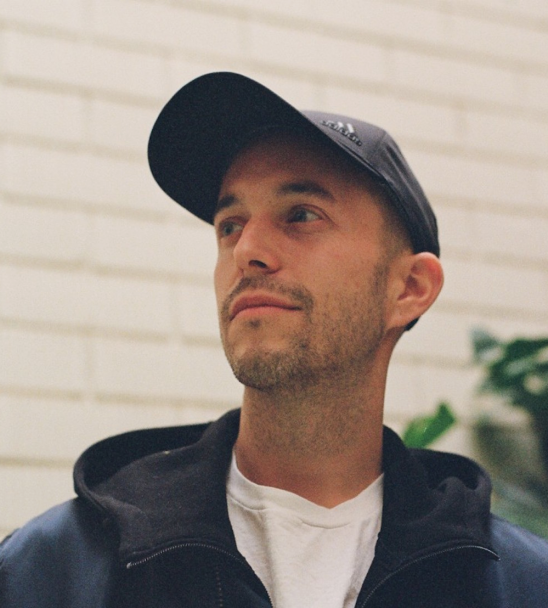
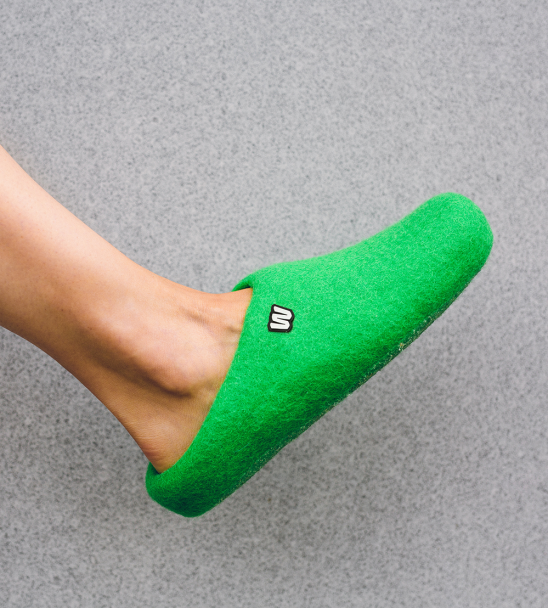
Viedokļi